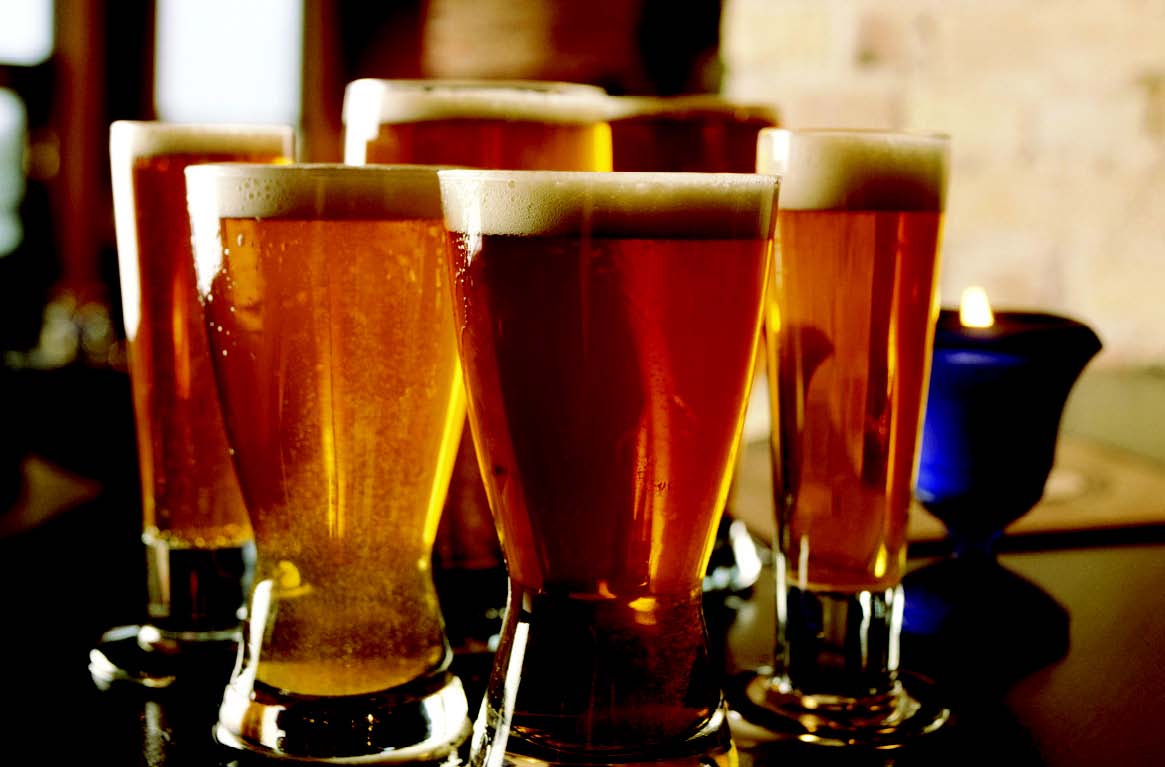
A Young Upstart Comes of Age
By Bob Sample
When the commander-in-chief shares his home brew recipe on the campaign trail, you know there has been a seismic shift in American’s beer-drinking preferences. To be sure, the venerable malt beverage continues to dominate alcohol sales in the U.S. In the 2012 Gallup Consumption Habits survey, released in August, 39 percent of Americans said they drank beer more often than other alcoholic beverages, compared to 36 percent the year before. Wine held steady, preferred by 35 percent of respondents, while the number of those who preferred spirits dropped, from 23 to 22 percent.
While sales for the biggest breweries have remained flat, sales of craft beers (also known as “microbrews”) have posted gains in the double digits. That’s especially true in sophisticated markets, where people don’t mind paying more for the taste or quality they prefer.
“Today’s beer consumer is much more quality-focused than beer drinkers used to be,” notes Dan Murdock, craft beer manager for Northeast Distributors, Orange, Conn. “At the same time, there are more choices than ever before, requiring both brewers and distributors to pay closer attention to the array of beers they offer.”
The coming of age of the Millennials has further fueled the growth of craft beer. “As you move down the age ladder you see that people are more apt to experiment, to try new things out – and as a result, craft beers have grown exponentially,” says Sean O’Neill, brand ambassador for Drinx Unlimited, Norwalk, Conn. Drinx used to do the bulk of its business distributing soft drinks and equipment for bars and restaurants, but now more than half of its sales come from craft beers.
The Nutmeg State is one of the wealthiest in the U.S., which might seem to make it a natural for craft beer. Yet, until fairly recently it suffered a bit from a “flyover” syndrome owed to its proximity to New York and Boston. That has changed – if in part from the arrival of some newcomers.
“I didn’t think our brands would do as well as they have, but the growth has been fantastic,” says Colin Stange, a representative for North Branford-based Craft Beer Distributing of Connecticut, which opened for business six months ago. “At the same time, we see all sorts of new brands and breweries popping up all over the place.”
The Elm City has, by far, the hottest craft-beer scene in the state. “New Haven is the farthest sizable city from Massachusetts, Rhode Island or New York, so as a market it has to grow its own,” Murdock explains. “This has made New Haven-area package stores a good place to watch for trends that eventually spread statewide.”
These developments include more high-priced products, craft beers in larger bottles, beers with higher alcohol content and beer with enhanced flavoring from hops. “When I worked in a package store in Branford years ago, it was rare for us to see a twenty-dollar bottle of an imported craft beer on the shelf,” says Murdock. “That’s completely changed to the point where now, that same store will offer several twenty- and even thirty-dollar bottles of craft beers.”
Craft breweries are also more likely to tweak their product more frequently than mega-brands. “The typical craft brewery now makes six to seven seasonal beers a year,” says O’Neill. “Craft beer drinkers expect this. It’s quite a different story among older consumers, who don’t want any deviation from their favorite brands.”
Brewers in Connecticut have taken note of the changing scene, creating a new tourist destination that piggybacks the success of the Nutmeg State’s vineyards: The Connecticut Beer Trail. It consists of breweries, brewery pubs, beer bars, home brew shops and stores specializing in beer. (Go to http://ctbeertrail.net/ for details.)
The growing popularity of craft beer has led to the distributor’s next conundrum: ensuring that supply matches demand. This is, after all, a young industry characterized by producers who are often in their infancy. For its part, Northeast Distributing tries to work with breweries to ensure that doesn’t happen. Yet, there have been brewers from other parts of the U.S. who expanded too quickly into New England – and then had to beat a hasty retreat.
“More often, we try to promote the brews of the smaller shops, which really depend on us to stay alive,” says Murdock. Craft brewing has become institutionalized, to the point where people flock to home-brewing stores, beer tastings and classes in beer-making. “Brewing has become more akin to wine-making, with educated, passionate consumers,” explains O’Neill.
What’s next? Distributors get approached by new breweries constantly – and they’re happy to oblige provided the brewer can meet quality and supply requirements. Stange sees the microbrew distributor as growing beyond beer, and cites the growing popularity of Moonlight Mead as an example. “Mead originated in Northern Europe and was the beverage the Vikings drank – it actually predates beer,” says Stange. “More and more people are discovering mead as a beverage of choice, and that has made Moonlight Mead’s sales go up.”
The fact that craft beer still has a tiny market share just adds to the excitement. “We only represent five or six percent of the overall market share in the U.S. – the rest is taken up by the big brews,” says O’Neill. “There’s enormous growth potential in this market. Craft beer isn’t just a drink – it’s an art form.”



